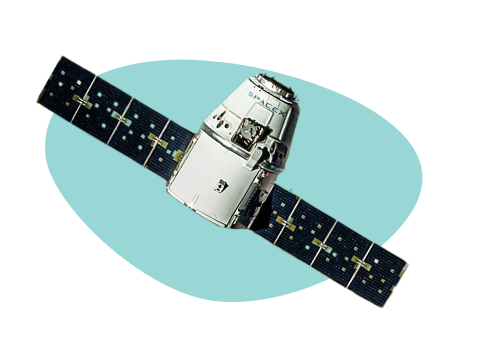Enhancing EarthCARE CRISP-3 for Optimal Ground
Processor Performance
"EarthCARE mission is the largest and most complex Earth Explorer to date, and will advance our understanding of the role that clouds and aerosols play in reflecting incident solar radiation back into space and trapping infrared radiation emitted from Earth's surface."
ESA
Background
Our client ESA for the EarthCARE mission, faced a critical challenge with their CRISP-3 project, an evolution of the X-MET and X-JSG processors developed in the previous CRISP-2 initiative. The project aimed to address several key aspects, including the software build environment, launch/configuration environment, input/output formats, test harnesses, and documentation structure.
Additionally, ESA sought significant performance improvements, especially for the X-MET processor, which had substantial input data (global forecasts) compared to its output products (swath-covering forecasts). To optimize data transfer volume between ECMWF and ESA, a solution was needed to deploy X-MET in ECMWF, transforming it into a "remote node" of the PDGS.


The Problem
The primary problem ESA needed to address was the need for a comprehensive evolution of their processors, particularly focusing on the software build environment, launch/configuration environment, input/output formats, and performance enhancements for X-MET. The challenge was to implement these changes seamlessly to improve overall efficiency and reduce data transfer volume between ECMWF and ESA.
The Solution
To solve these challenges, our team at S[&]T implemented a multi-faceted solution that encompassed various aspects of the CRISP-3 project:
Software Build
Environment Evolution
We meticulously upgraded the software build environment, including the operating system, libraries, and build system, to ensure compatibility and optimal performance.
Input/Output Format
Optimization
We focused on optimizing input/output formats to enhance data exchange between ECMWF and ESA, minimizing data transfer volume and maximizing efficiency.
Performance
Improvements for X-MET
Significantly improving the performance of the X-MET processor was a key objective. By deploying X-MET in ECMWF as a remote node of the PDGS, we achieved enhanced efficiency and reduced the overall load on the system.
Documentation
Restructuring
We restructured the documentation to ensure clarity and accessibility, providing comprehensive information on the evolved processors.
Launch/Configuration
Environment Enhancement
Our Experts worked on refining the launch/configuration environment within the Payload Data Ground Segment (PDGS), ensuring seamless integration and efficient processing.
S[&]T's Role
In this transformative journey, S[&]T played a crucial role in addressing EarthCARE's challenges. Our expertise in software development, system integration, and performance optimisation were instrumental in achieving the project's goals. We collaborated closely with EarthCARE's team to ensure a smooth transition and successful implementation of the evolved processors.

